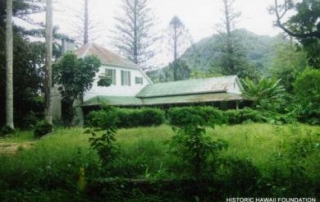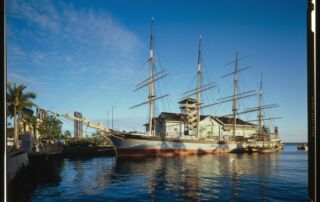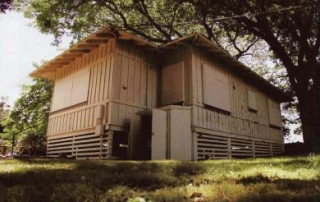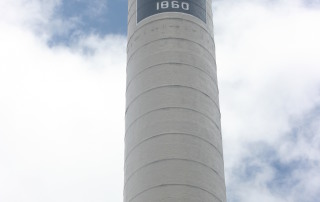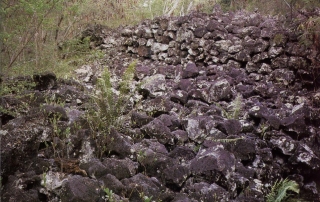Old Maui High School, Hamakuapoko (2005)
UPDATE: December 2011 According to the recent newsletter of The Friends of Old Maui High, Chris Hart & Partners, Inc. developed a preliminary draft of the Conceptual Master Plan for the Patsy Takemoto Mink Center for Environmental Education that includes a Vision Statement, Program Description, Site Plan, and Campus Use Zones. LISTED AS ENDANGERED IN 2005 Article Written By: A. Kam Napier, HONOLULU Magazine What is it? Maui High School opened in 1913 to serve Hamakuapoko plantation camp near Haiku. At its peak, just before World War II, as many as 1,000 students attended Maui High, coming in from throughout central Maui, some even by train. But a new Maui High School opened in Kahului in 1972, putting this one out of business. For the next 30 years, the University of Hawaii used part of the campus,but not this 1921 centerpiece building, the school office and classrooms designed by famed architect C.W. Dickey. What Threatens It? "Nature has had its way with it," says Barbara Long, board president of Friends of Old Maui High School. The roof caved in on the 17,000 square-foot structure and trees grew through the floor. A community work day in 2002 cleared much of the brush. "You couldn't even see the building before that, ivy had grown all over it." What Can Be Done? The Friends of Old Maui High (FOOMHS), a volunteer and non-profit organization, was organized in 2004 to spearhead efforts to preserve and rehabilitate the site into a resource education facility. Partnerships were formed with the Community Work Day Program, Maui High School Alumni, government agencies, local businesses, and community leaders. In 2005, Sen. Daniel Inouye helped secure a $250,000 federal grant to study what needs to [...]



